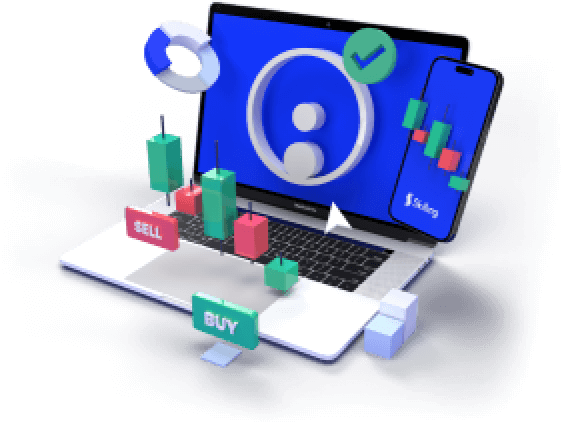

What is working capital?
Sometimes in a company, it's important to know if there are enough resources to pay bills and keep things running smoothly. This is where working capital comes in. Working capital is a simple calculation that shows the difference between a company's current assets and its current liabilities. In easy terms, it tells us how much money a company has on hand to pay off its short-term debts and expenses. Understanding working capital helps businesses ensure they can cover their immediate costs and continue operating efficiently. Let's explore an example below so that you can understand better.
Example of working capital
Suppose a company like Volvo, a car manufacturer, wants to understand its financial health. To do this, Volvo needs to calculate its working capital.
First, Volvo adds up its current assets, which include cash, accounts receivable (money customers owe), and inventories of raw materials and finished cars. Let’s say these add up to $500 million.
Next, Volvo subtracts its current liabilities, which are short-term debts and bills, such as accounts payable and other immediate expenses. Suppose these total $300 million.
By subtracting $300 million from $500 million, Volvo finds its working capital is $200 million. This means Volvo has $200 million available to cover its short-term obligations and keep the business running smoothly.

Working capital formula
Working capital is calculated using this simple formula:
Working capital = Current assets - Current liabilities
For example, if a company has $500,000 in current assets and $300,000 in current liabilities, its working capital would be $200,000. This means the company has $200,000 to use for daily operations and unexpected costs.
Components of working capital
Working capital is made up of different parts that help determine a company’s short-term financial health. Here’s a simple breakdown:
Current assets:
These are things the company owns that are expected to turn into cash or be used up within a year. They include:
- Cash and cash equivalents : The actual money the company has, plus short-term investments that can quickly be turned into cash.
- Inventory : Goods that are ready for sale or are in production. This includes raw materials, work-in-progress, and finished products.
- Accounts receivable : Money owed to the company by customers who bought on credit. It's like IOUs the company expects to collect.
- Notes receivable : Written promises for payment from other parties that will be received within the year.
- Prepaid expenses : Costs paid in advance for things like insurance or rent that provide benefits shortly.
What's your Trading Style?
No matter the playing field, knowing your style is the first step to success.

Current liabilities:
These are debts and obligations the company needs to pay off within a year. They include:
- Accounts payable : Bills the company owes to suppliers and vendors for products or services received.
- Wages payable : Salaries and wages the company owes employees, usually accumulated over a month.
- Current portion of long-term debt : Parts of long-term loans that need to be paid within the year.
- Accrued taxes : Taxes that are owed but not yet paid, due within the year.
- Dividend payable : Money declared to be paid to shareholders but not yet distributed.
- Unearned revenue : Payments received for goods or services not yet delivered, which might need to be refunded if not fulfilled.
Limitations of working capital
- Doesn't reflect long-term health : Working capital only shows a snapshot of short-term financial health. It doesn’t indicate how well the company is performing in the long run.
- Can be misleading : High working capital doesn’t always mean a company is doing well. It might have excess inventory or slow-moving accounts receivable.
- Not all assets are easily convertible : Some current assets, like inventory, can be hard to quickly turn into cash, making working capital less reliable.
- Ignore cash flow timing : Working capital doesn’t account for when cash flows in and out. A company might have enough working capital but still face cash flow problems.
- Varies by industry : Different industries have different norms for working capital. A high working capital in one industry might be normal but a red flag in another.
- Doesn’t show profitability : Working capital doesn’t indicate whether a company is profitable. It only measures the difference between current assets and liabilities.
Conclusion
As you've learned, working capital is a crucial measure of a company's short-term financial health, reflecting its ability to cover current liabilities with current assets. It provides insight into a company’s liquidity and operational efficiency. However, it's important to remember that working capital alone doesn't give a complete picture of a company's overall financial stability or profitability. Other factors, such as cash flow timing and industry norms, also play significant roles. Therefore, while working capital is a useful tool, it should be considered alongside other financial metrics for a comprehensive analysis. Source: investopedia.com
Want to learn more finance-related stuff? Visit our Skilling blog today.











